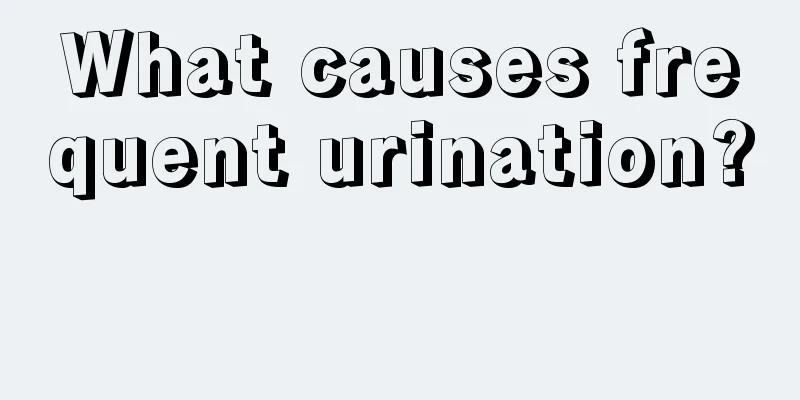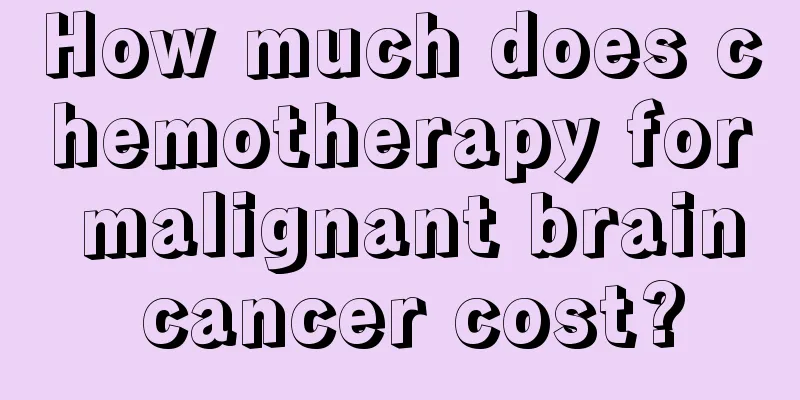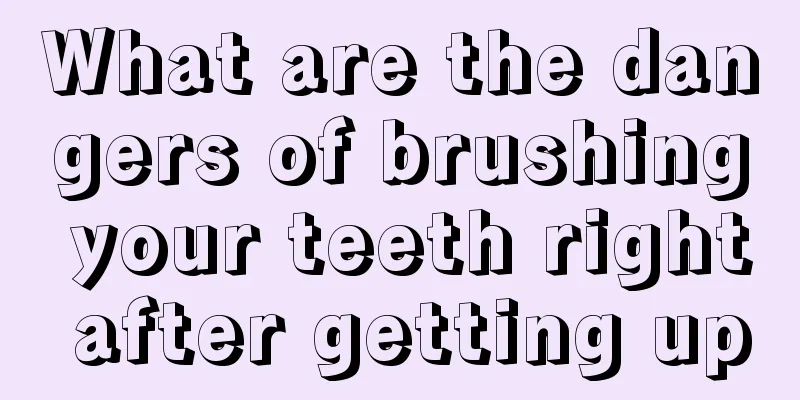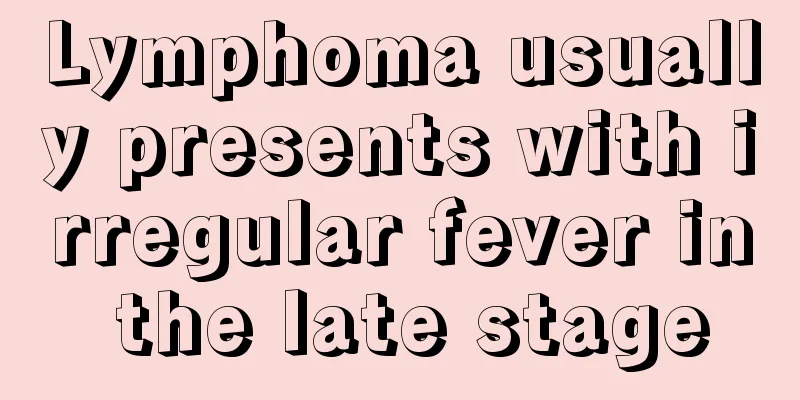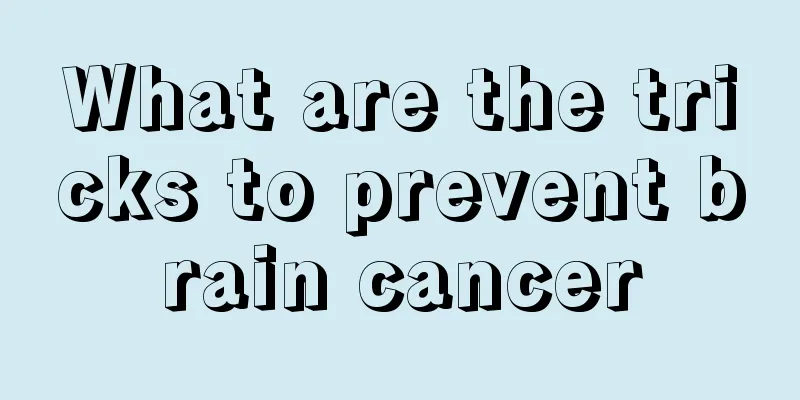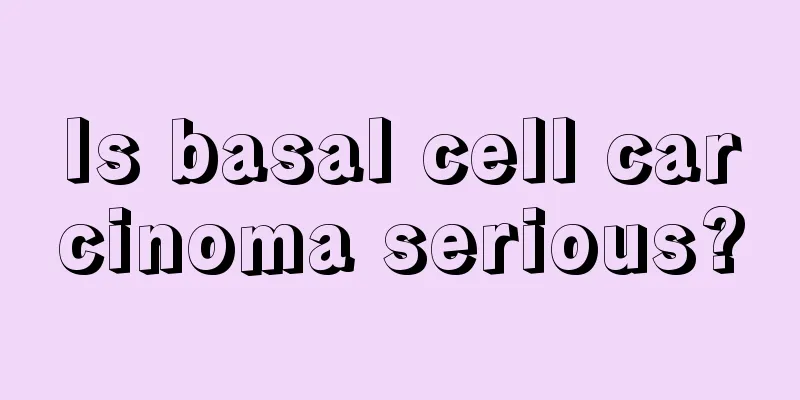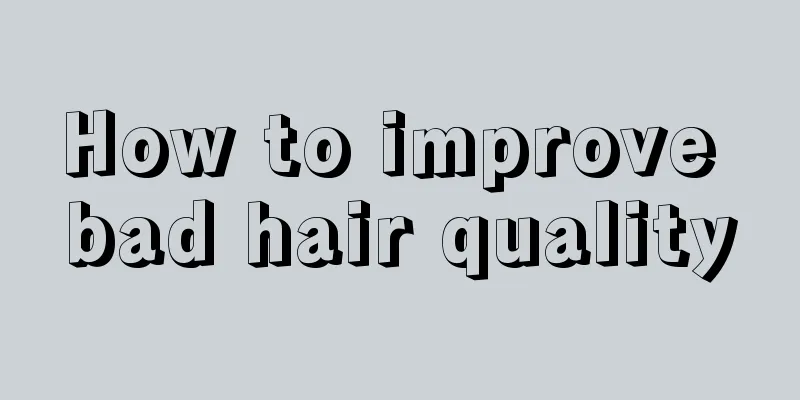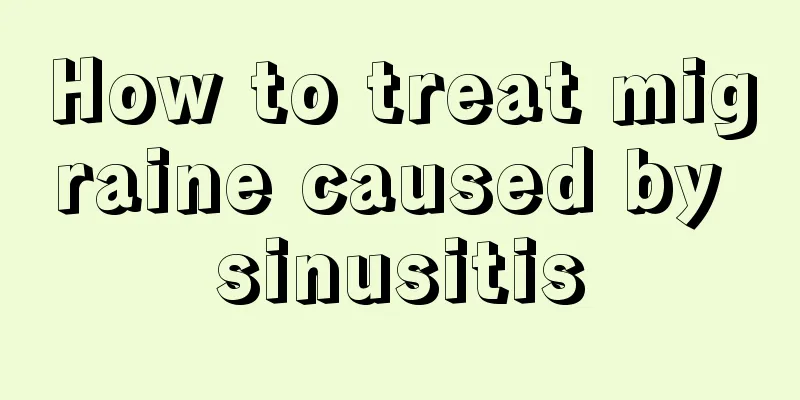Mental disorders caused by craniocerebral trauma, these manifestations need to be watched out for
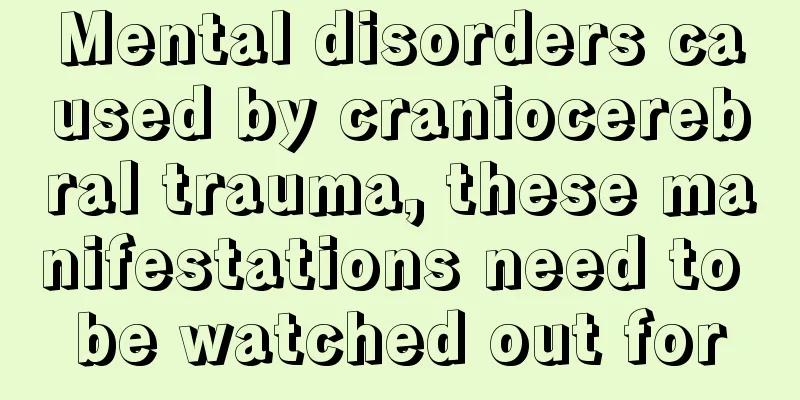
|
Mental disorders caused by craniocerebral trauma are syndromes that appear some time after the craniocerebral trauma. Patients will still have symptoms of dizziness and headaches, and are easily agitated and angry. Their vision and hearing will also decrease. They need timely treatment, especially psychotherapy. 1. Symptoms and Signs 1. Headache and dizziness Headache is the most common symptom, accounting for about 78%. It is mainly characterized by diffuse head swelling and throbbing headache, which is persistent and severe. The attack time is irregular, mostly in the afternoon. The location is often in the forehead and temporal area or the back of the occipital area, sometimes involving the entire head, or a feeling of pressure on the top of the head, or a feeling of tightness in a ring, causing drowsiness and restlessness all day long. Headaches located behind the head of the neck are often accompanied by tension and pain in the neck muscles, and are often related to craniocervical injuries. Headaches can be aggravated by insomnia, fatigue, bad mood, work problems or external noise. Dizziness is also common, accounting for about 50%. Patients often report feeling dizzy and lightheaded, but in fact, this is not true vertigo, but a subjective feeling of cloudiness in the head, unclear thinking, or a feeling of confusion. Sometimes they think they cannot maintain balance, which is often aggravated by turning the head or changing body position. However, neurological examination shows no clear vestibular dysfunction or ataxia. After appropriate symptomatic treatment and comfort and encouragement, the symptoms may be alleviated or disappear, but they will reappear soon. 2. Hysterical reactions: The patient's mood often fluctuates, he is easily irritable and angry, sometimes he may have muscle spasms, decreased vision, decreased hearing, close his eyes and remain silent, involuntary crying and laughing, and even hysterical paralysis. In severe cases, he may be in a state of stupor or mutism. 3. Neurological examination usually shows no definite positive signs. 2. Medication 1. Psychological and behavioral therapy: Pay attention to the patient's condition, provide careful guidance, and dispel the patient's misunderstanding that "post-concussion syndrome cannot be cured." We should show concern for the patient's illness, patiently enlighten them, relieve their worries, and build up their confidence so that they can understand and overcome the disease. Create a good medical living environment for patients and avoid various adverse external stimuli. Encouraging patients to get out of bed and move around, participate in more outdoor activities, exercise, live a regular life, correct bad habits and hobbies, resume work within their capacity as soon as possible, learn new knowledge and skills, actively participate in social interactions, establish good interpersonal relationships, and be cheerful, emotionally stable, work smoothly, and have a harmonious family, will be more conducive to complete recovery in physical, mental, and social adaptation. 2. Symptomatic treatment: Analgesics can be given for headaches, but anesthetics or morphine-like drugs should not be used to avoid addiction. Such as Rotundine (Cranial Pain Ding), Levorotatory Stephania, Naproxen, Enteric-coated Aspirin, Ibuprofen; for dizziness, diphenhydramine, chlorobutanol, etc. can be given; for autonomic dysfunction, oryzanol, promethazine, γ-aminobutyric acid (γ-aminobutyric acid), methylphenidate (methylphenidate), atropine (atropine sulfate), scopolamine, etc. can be given; for excited patients, perphenazine, diazepam (Valium), oxazepam (norhydroxydiazepam), etc. can be given; for depressed patients, glutamate and γ-aminobutyric acid can be given. In addition, traditional Chinese medicine can also be used for treatment. Commonly used Chinese patent medicines include: Anshen Buxin Pills, Gastrodia Su Tablets, Angong Niuhuang Pills, Naoning Syrup, Naozhenning, etc. Physical therapy, acupuncture and other measures can also be used. |
<<: The harm of ozone, this way of prevention will reduce the harm
>>: 7 signs of stroke that you need to know
Recommend
What to do if a pimple accidentally breaks
Acne is a common skin disease in people's dai...
How to do basic waist bending skills
Many people who want to learn dance know that the...
Differential diagnosis of right renal cancer
Renal cell carcinoma can occur at any age, but is...
How to treat acute eczema
Having condyloma acuminatum can be harmful to bot...
How long can the antipyretic injection last
Many people have experienced colds and fevers, an...
What are the symptoms of leaky gut?
The occurrence of intestinal leakage actually mea...
Can the Chinese medicine I boil myself be kept overnight?
Traditional Chinese medicine is a good treatment ...
Things to note when traveling to Changbai Mountain
Changbai Mountain is located in the Northeast reg...
Small yellow spots and red bloodshot on the face
Many people may have encountered the phenomenon o...
What are the clinical manifestations of acute adnexitis?
Acute adnexitis is an infectious inflammation of ...
Examination contents confirmed for kidney cancer
People may be a little afraid when talking about ...
Is it lung cancer if there is blood in sputum after recovering from a cold?
Blood in sputum after recovering from a cold may ...
Genital mucus
Genitals refer to the male penis. Whether the gen...
What hair color is suitable for autumn
Hair is the part of the head that you style. A go...
Wash your hair with fermented rice water
Everyone is very familiar with rice washing water...
